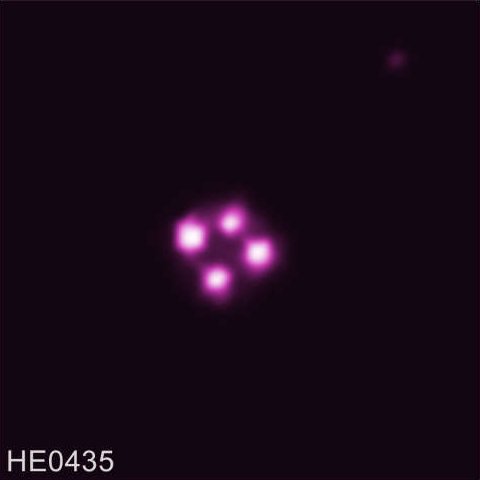Hi steemians! How are you today? I hope you are very well. Today I want to share about Supermassive Black Hole Rotates at the Speed of Light.

Knowledge of black holes continues to make significant progress. Black holes like other celestial bodies change, move and spin, including supermassive black holes. But it is very difficult to measure the movement of a black hole. The difficulty persisted until it was discovered by astronomers. They measured the rotating speed of 5 (five) supermassive black holes. The measuring brand utilizes cosmic alignments for billions of years and combines them with X-ray data from the Chandra Observatory.
One of the objects observed is quasars. This galaxy with a supermassive black hole is still active so it can surpass all the stars around it. So supermassive is this black hole that light does not come from a black hole, but comes from the material disk that surrounds the black hole. This is very reasonable considering that no one escaped the black hole including light. The disk that functions as a light source is under tremendous strength. This disc is heated to a very high temperature and rotates at an incredible speed too.
Based on a publication conducted by The Astrophysical Journal, one of the material quasars on the disk was being thrown at a speed of about 70% of the speed of light. Thus this information can show that the black hole event horizon can move near the speed of light. The event horizon is an outside surface that cannot be passed by anything. Meanwhile, 4 (four) other quasars rotate in the area of half of the maximum level of event horizon.

The five black holes studied have masses between 160 and 500 million times the Sun. Meanwhile the parent galaxy is located at distances ranging from 9.8 billion to 10.9 billion light years from Earth. Measuring disks around black holes is not an easy job to do. Therefore astronomers are aided by the existence of a coincidental position of a galaxy with a certain foreground.
Any object with a space-time mass curve can enlarge the light of an object in the background. In its course large and / or denser objects can bend the continuum in such a way that they act as lenses. The quasars studied were all gravitationally protected by galaxies far closer to Earth. This event is called a strong lens and often produces many images of the same object better known as Einstein Cross.

To increase accuracy in research, the researchers used the phenomenon of microlensing. The phenomenon of microlensing is an event in which stars produce magnification. Researchers use stars in gravitational coating galaxies so that they can see more details of these material discs. They also produce better estimates of the spinning rate of extraordinary black holes.
Thanks for using eSteem!
Your post has been voted as a part of eSteem encouragement program. Keep up the good work! Install Android, iOS Mobile app or Windows, Mac, Linux Surfer app, if you haven't already!
Learn more: https://esteem.app
Join our discord: https://discord.gg/8eHupPq
Thank you